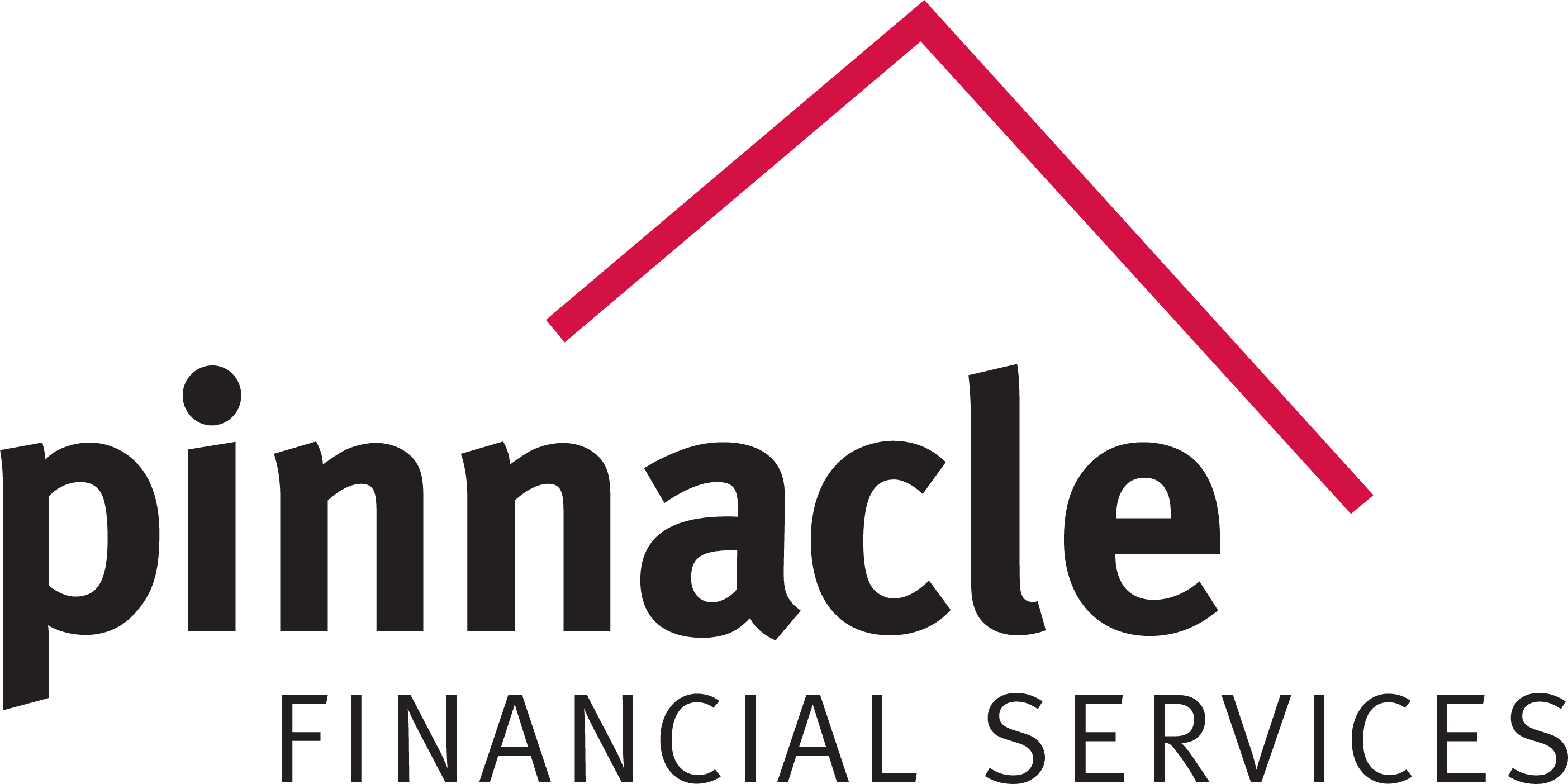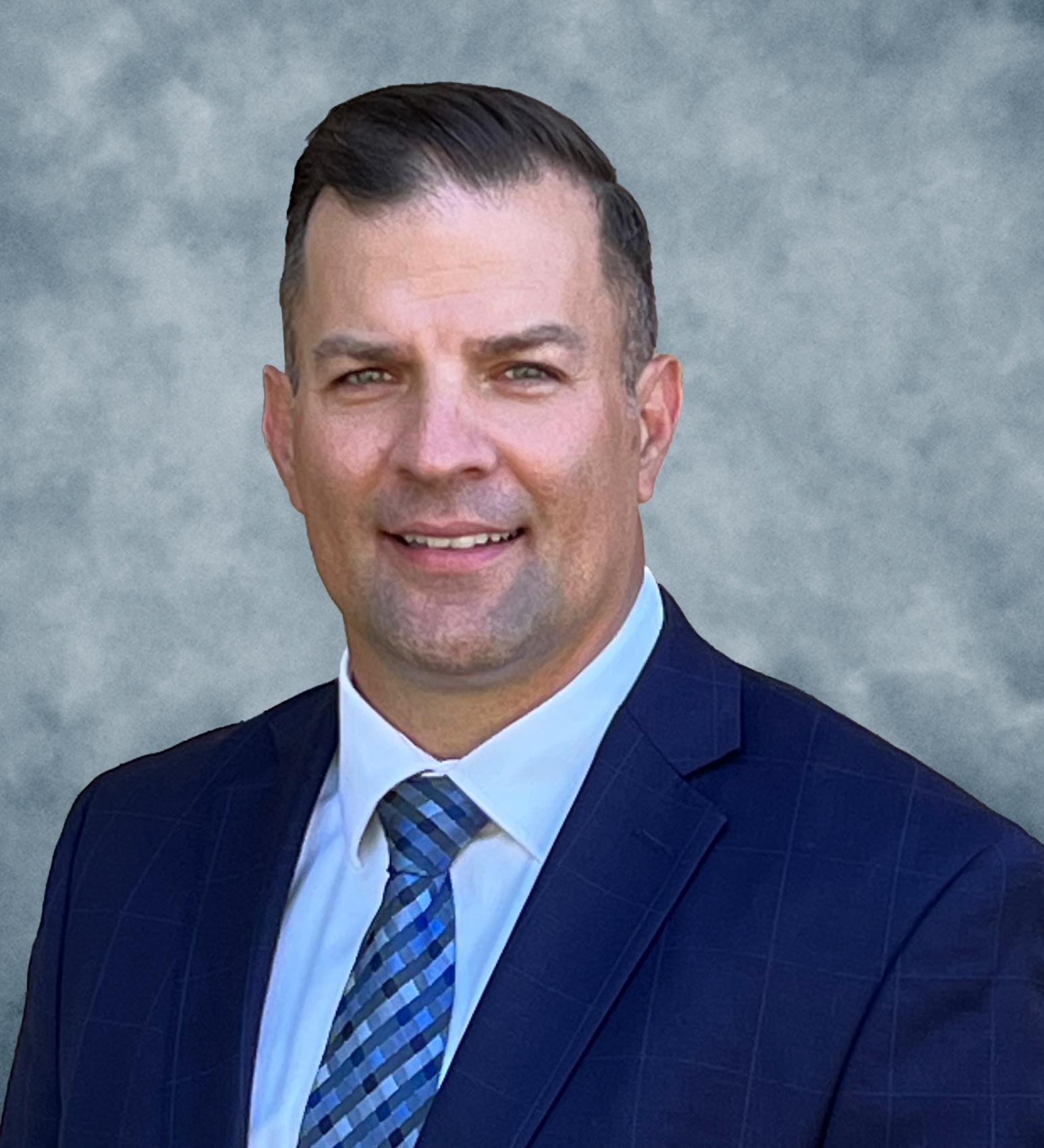
Lead Star Medicare Leads
What You’ll Learn from Episode 26 of Insurance360: Smarter, Compliant Medicare Lead Generation with “Professor Leads”
If you’re in the insurance world, or just curious about where it’s headed, you’re going to love Episode 26 of our Insurance360 podcast. In this episode, we sit down with none other than Bill DeCourcey, a.k.a. “Professor Leads,” for an eye-opening conversation about what’s working right now in Medicare lead generation, and how to do it all by the book.
Let’s break it down.
Setting the Scene
Bill, who’s well-known in the industry for his practical, no-fluff insights, joins our host for a deep dive into the evolving landscape of insurance. With his trademark energy and real-talk style, Bill shares what he’s seeing on the front lines and how both agents and agencies can adapt.
What You’ll Hear in This Episode:
How the Industry is Evolving
The insurance game is changing fast. Bill kicks things off by discussing the significant shifts occurring in the industry, driven by technological innovations and increasing consumer expectations. Whether you’re a carrier, an agent, or a client, these changes are touching everyone.
Customer Service is Getting an Upgrade
Next, Bill delves into how agents are enhancing their service offerings. From AI-driven tools to streamlined onboarding processes, he explains how smart innovation can make life easier for both agents and clients, and why staying ahead of these trends is essential.
Navigating the Compliance Maze
Of course, no talk about Medicare lead generation would be complete without touching on compliance. Bill breaks down the current regulatory headaches, what might be changing, and how to stay on the right side of the rules while still growing your business.
Bill’s Big Takeaway
Bill wraps up the episode with a powerful reminder: in a space that’s constantly shifting, staying informed and flexible isn’t optional, it’s essential. If you’re an agent, a marketer, or just someone interested in the insurance space, you need to keep learning and evolving.
Why This Episode Matters
This isn’t just another industry podcast. Bill’s take is real, relatable, and refreshingly straightforward. He has a way of simplifying the complex stuff, so whether you’re a seasoned pro or just getting started, you’ll walk away with practical insights you can use.
Want More?
Don’t miss the full episode, it’s packed with more nuggets than we could fit here. Tune in, take notes, and subscribe to Insurance360 so you never miss a conversation that could change how you do business.
[Listen to Episode 26 now]
Got questions or takeaways of your own? Drop us a comment or share the episode with someone in your network who should hear it!
Want to Get Started with Effective Compliant Medicare Leads?
Complete today- Spot Sign
Stay Up to Date on Insurance 360 Podcast- Insurance 360 Podcast
Request Lead Star Account- info@pfsinsurance.com

Vice President of Marketing









